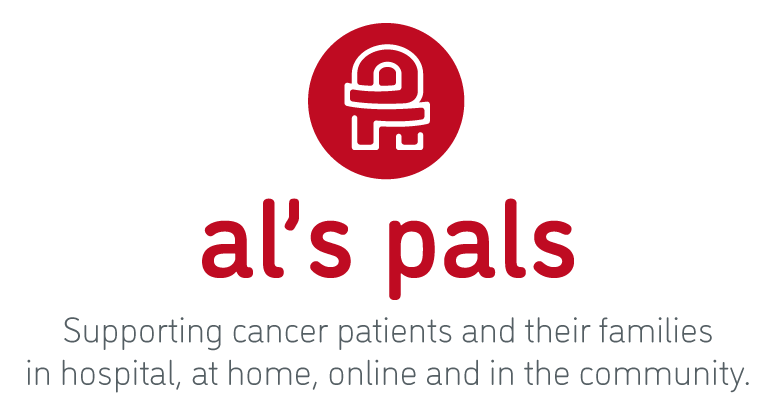

HOW THE BENEFITS SYSTEM HAS CREATED AN 80%-96% EFFECTIVE TAX RATE AND HOW TO AVOID IT
Blogs
The analysis by the Resolution Foundation in December 2022 highlighted a significant issue for families with children in the UK, where an increasing number have faced exceptionally high effective tax rates since April 2023. This is due to the interaction between two systems of child support: Universal Credit (UC) and Child Benefit.
KEY FINDINGS:
- High Effective Tax Rates:
- Families could face tax rates between 80% and 96% due to the simultaneous withdrawal of Universal Credit and Child Benefit.
- This situation arises when one parent earns over £50,000,* triggering the High Income Child Benefit Charge, and the household earns from as little as £4,548, affecting their UC eligibility.
- Impact of Threshold Freeze:
- The £50,000 threshold for Child Benefit withdrawal has been frozen since 2013.
- This has led to 50,000 families facing both Child Benefit withdrawal and UC tapering simultaneously.
- 600,000 families now face high tax rates of over 55% because of the freeze.
- Increased Numbers:
- The number of families affected by these high tax rates is expected to rise from 50,000 in 2022 to around 90,000 by 2030.
- An additional 250,000 people earning between £40,000 and £50,000 could be affected if they receive pay rises.
- Financial Disincentive:
- Families with one child face an 80% marginal deduction rate, 83% for two children, and 87% for three children.
- When accounting for student loans and pension contributions, these rates increase further: 89% for one child, 93% for two, and 96% for three children.
- For example, a family with an income of £50,000 and two children only see an £800 increase in take-home pay from a £10,000 salary increase.
POTENTIAL SOLUTIONS AND CHALLENGES:
- Raising or Abolishing the Child Benefit Threshold:
- Could cost up to £4 billion by extending Child Benefit eligibility to higher-income families.
- Integrating Child Benefit into UC:
- Risks reducing support for some lower- and middle-income families not eligible for UC.
- Removes a relatively secure and accessible income stream for main carers of children.
WHAT TO DO ABOUT IT
In order to reduce the effective charge of 80%-96% the payment of a pension contribution will reinstate at least some of the child benefit lost and increase the amount of UC. There are also so-called tax reducers like VCT and EIS which would have the same effect. Of course such investments would be subject to having sufficient cash available. Ironically if you add in the tax relief available on such investments effective tax relief in excess of 100% is achievable.
CONCLUSION
The collision of the Universal Credit and Child Benefit systems has created a scenario where many families face prohibitively high effective tax rates, posing a significant disincentive for increased earnings. Addressing this issue involves challenging trade-offs for the government, balancing between financial costs and the need to support families adequately. The Resolution Foundation emphasised the urgency of resolving this “children’s benefits mess” to prevent long-term financial disincentives and complexities for affected families. However, it is possible to reclaim the lost benefits with tax-efficient investments. You know it makes sense.**
*The limit has now changed to £60,000
**RISK WARNING
The value of investments can fall as well as rise. You may not get back what you invest. The information contained within this article is for guidance only and does not constitute advice which should be sought before taking any action or inaction. All information is based on our current understanding of taxation, legislation, regulations and case law in the current tax year. Any levels and bases of relief from taxation are subject to change. Tax treatment is based on individual circumstances and may be subject to change in the future. The Financial Conduct Authority does not regulate tax planning, estate planning, or trusts. This blog is based on my own observations and opinions.
VCTs are high risk investments and there may be no market for the shares should you wish to dispose of them. You may lose your capital.
EISs are high‑risk investments and you are unlikely to be protected if something goes wrong. Don’t invest unless you’re prepared to lose all the money you invest.
Chartered and Certified Financial Planner
Managing Director of Wealth and Tax Management
If you are looking for expert guidance in Financial Planning contact Wealth and Tax Management on 01908 523740 or email wealth@wealthandtax.co.uk










